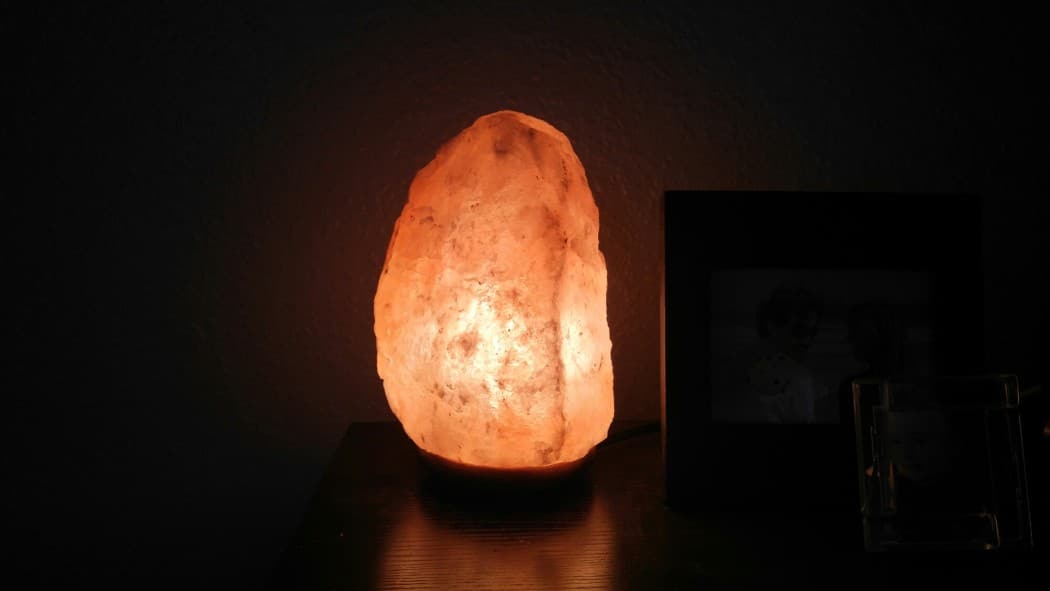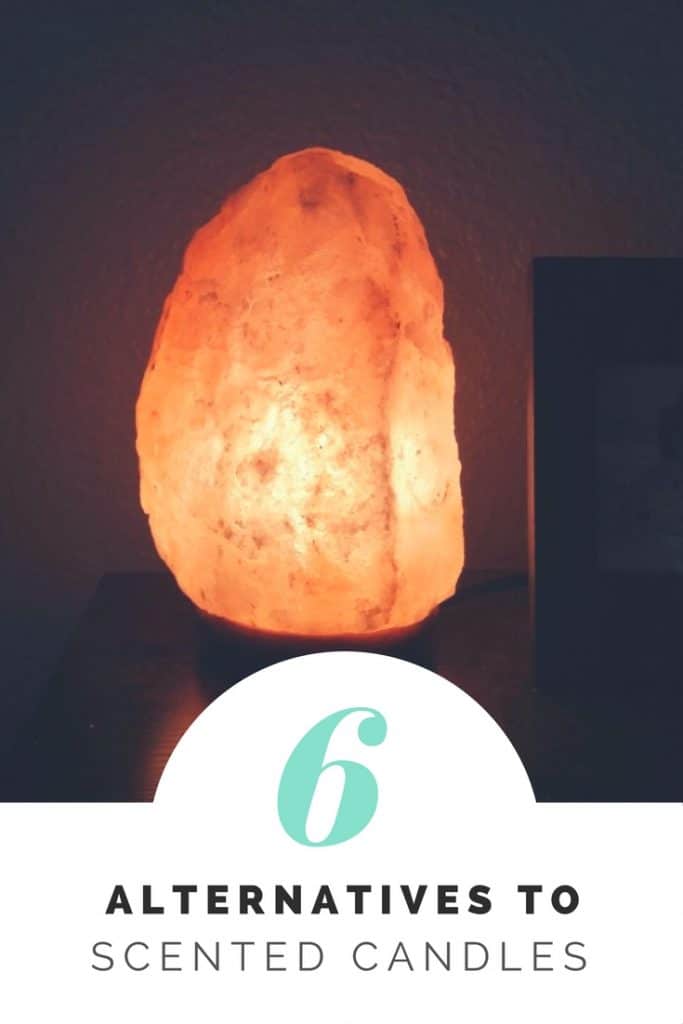Most people love having scented candles around. They provide a soft, warm glow to a room and release a pleasant scent. They are so common that I never really thought twice about them until I got pregnant.
The first few months of pregnancy were tough when dealing with scents. I could handle certain smells, like fresh herbs. But scented candles, deodorants, and perfumes made my stomach churn. I also wondered what I was exposing my unborn child to as I inhaled all of these perfumes.
When it comes to household and personal items, we don’t know exactly what we are using. Ingredients for scent can include hundreds of chemicals of various combinations. These artificial fragrances are released into the air for us to breath.
In scented candles, they are most likely made of paraffin wax. This is a petroleum byproduct that, when burned, release toluene and benzene. Both of these are known carcinogens. Chemicals like these, and others released by candles, are linked to brain, lung, and developmental issues. Even the wicks of most candles are potentially toxic as they are found to contain heavy metals like lead. Studies have found scented paraffin candles to release all of these chemicals easily into the air where our exposure is much greater.
There are lots of alternatives to scented candles. And some of these are actually beneficial to health.
1. Himalayan salt lamps: These are more for the soft glow of light. Many people believe that they also have health benefits. They take positive ions (ions produced by electronics and other man-made items. These ions are connected to poor health) and absorb them and then release negative ions (proven to have a positive effect on health). Although they probably don’t release enough ions to make a huge difference, I do feel like the air is a bit fresher around our salt lamp.
2. Soy Candles: If the goal is to replace a scented candle with a scented candle, vegetable based candles were found to not release chemicals like benzene into the air. Many producers used essential oils to produce a scent instead of harmful chemicals. However, essential oils are not regulated well and can contain chemicals so it is best to stick to unscented candles or those from highly reputable sellers.
3. Diffusing essential oils: Essential oils should never be diffused or used around or on pregnant women or infants. This because they can be strong and affect breathing or trigger labor. If that doesn’t apply to you, diffusing essential oils can actually be beneficial. Certain scents, like lavender, can keep us calm. Other scents can relieve headaches. Some, like thieves, actually reduce the number of airborne germs! Just be sure they come from reputable sellers like Young Living.
3. Scent through cooking: I’ve heard that this trick is often used by realtors. In a small saucepan, simmer items like orange slices, cinnamon sticks, and apples in water to release a sweet smell. Or, out some vanilla extract in an oven safe dish and heat in the oven on low for a short amount of time. Yum!
5. Herbs and plants: having herbs like lavender, thyme, and rosemary in the house will release a subtle and pleasant smell. Plus, having plants inside helps to purify air and can provide amazing flavors for many recipes.
6. Open a window: it seems so obvious once I hear it, but I often forget that the best way to freshen my home is to crack a window.
Scented candles are nice, but having my house smell like an “beach breeze” just isn’t worth it. And with dogs and a toddler running around, there’s usually not much I can do about the smells of everyday living. But all of these alternatives really do work wonders and I don’t miss those candles at all.






